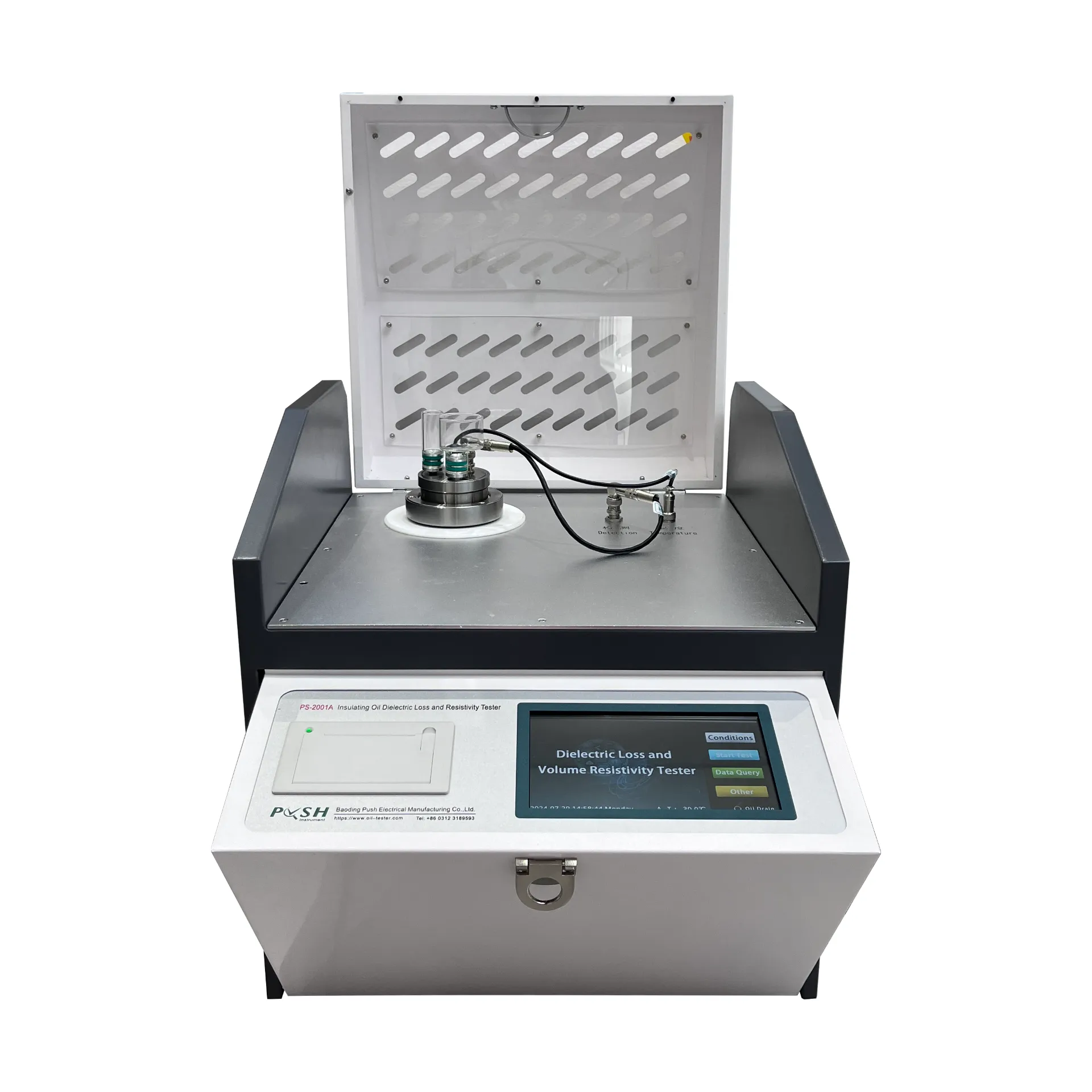TEL:
+86-0312-3189593
 English
English

Telephone:0312-3189593

Email:sales@oil-tester.com

-
 Afrikaans
Afrikaans -
 Albanian
Albanian -
 Amharic
Amharic -
 Arabic
Arabic -
 Armenian
Armenian -
 Azerbaijani
Azerbaijani -
 Basque
Basque -
 Belarusian
Belarusian -
 Bengali
Bengali -
 Bosnian
Bosnian -
 Bulgarian
Bulgarian -
 Catalan
Catalan -
 Cebuano
Cebuano -
 China
China -
 China (Taiwan)
China (Taiwan) -
 Corsican
Corsican -
 Croatian
Croatian -
 Czech
Czech -
 Danish
Danish -
 Dutch
Dutch -
 English
English -
 Esperanto
Esperanto -
 Estonian
Estonian -
 Finnish
Finnish -
 French
French -
 Frisian
Frisian -
 Galician
Galician -
 Georgian
Georgian -
 German
German -
 Greek
Greek -
 Gujarati
Gujarati -
 Haitian Creole
Haitian Creole -
 hausa
hausa -
 hawaiian
hawaiian -
 Hebrew
Hebrew -
 Hindi
Hindi -
 Miao
Miao -
 Hungarian
Hungarian -
 Icelandic
Icelandic -
 igbo
igbo -
 Indonesian
Indonesian -
 irish
irish -
 Italian
Italian -
 Japanese
Japanese -
 Javanese
Javanese -
 Kannada
Kannada -
 kazakh
kazakh -
 Khmer
Khmer -
 Rwandese
Rwandese -
 Korean
Korean -
 Kurdish
Kurdish -
 Kyrgyz
Kyrgyz -
 Lao
Lao -
 Latin
Latin -
 Latvian
Latvian -
 Lithuanian
Lithuanian -
 Luxembourgish
Luxembourgish -
 Macedonian
Macedonian -
 Malgashi
Malgashi -
 Malay
Malay -
 Malayalam
Malayalam -
 Maltese
Maltese -
 Maori
Maori -
 Marathi
Marathi -
 Mongolian
Mongolian -
 Myanmar
Myanmar -
 Nepali
Nepali -
 Norwegian
Norwegian -
 Norwegian
Norwegian -
 Occitan
Occitan -
 Pashto
Pashto -
 Persian
Persian -
 Polish
Polish -
 Portuguese
Portuguese -
 Punjabi
Punjabi -
 Romanian
Romanian -
 Russian
Russian -
 Samoan
Samoan -
 Scottish Gaelic
Scottish Gaelic -
 Serbian
Serbian -
 Sesotho
Sesotho -
 Shona
Shona -
 Sindhi
Sindhi -
 Sinhala
Sinhala -
 Slovak
Slovak -
 Slovenian
Slovenian -
 Somali
Somali -
 Spanish
Spanish -
 Sundanese
Sundanese -
 Swahili
Swahili -
 Swedish
Swedish -
 Tagalog
Tagalog -
 Tajik
Tajik -
 Tamil
Tamil -
 Tatar
Tatar -
 Telugu
Telugu -
 Thai
Thai -
 Turkish
Turkish -
 Turkmen
Turkmen -
 Ukrainian
Ukrainian -
 Urdu
Urdu -
 Uighur
Uighur -
 Uzbek
Uzbek -
 Vietnamese
Vietnamese -
 Welsh
Welsh -
 Bantu
Bantu -
 Yiddish
Yiddish -
 Yoruba
Yoruba -
 Zulu
Zulu
Фев . 18, 2025 09:30
Back to list
load tap changer transformer
Dry type transformer tap changers are critical components in managing and regulating voltage levels in electrical systems, ensuring optimal performance and safety. An advanced understanding of these elements is essential for anyone involved in the maintenance or design of electrical infrastructure. This article delves into the intricate details of dry type transformer tap changers, providing a comprehensive guide rooted in experience, expertise, authoritativeness, and trustworthiness (E-E-A-T).
Authoritative sources within the electrical engineering realm advocate for thorough consideration of tap changer specifications and compatibility during the selection phase. A misstep here could lead to complications such as transformer noise, excessive wear, or eventual failure. Consulting standards like IEEE and IEC, along with real-world application feedback, can guide engineers in selecting the right configuration for specific operational environments. Professional bodies emphasize the importance of regular servicing and calibration, suggesting that adherence to these best practices can avert operational downtimes and maintain high reliability—a claim supported by data from long-term transformer performance reviews. Trustworthiness in managing tap changers in dry type transformers is crucial in ensuring long-term success and reliability. Implementing a predictive maintenance strategy that employs state monitoring and analytics can minimize the risk of sudden breakdowns. Insights gleaned from seasoned practitioners suggest using a combination of thermal imaging, electrical testing, and periodic manual inspections to detect early signs of wear or malfunction. This proactive approach can indeed increase trust among stakeholders, including investors and clients, by assuring them of sustained transformer performance without unexpected power interruptions. In conclusion, dry type transformer tap changers are an integral part of modern electrical systems, with robust advantages and capabilities. Leveraging them effectively requires a blend of practical experience, technical expertise, authoritative guidance, and a strategy rooted in trust. By committing to these core principles, stakeholders can ensure optimal performance and safety, paving the way for a sustainable energy future.


Authoritative sources within the electrical engineering realm advocate for thorough consideration of tap changer specifications and compatibility during the selection phase. A misstep here could lead to complications such as transformer noise, excessive wear, or eventual failure. Consulting standards like IEEE and IEC, along with real-world application feedback, can guide engineers in selecting the right configuration for specific operational environments. Professional bodies emphasize the importance of regular servicing and calibration, suggesting that adherence to these best practices can avert operational downtimes and maintain high reliability—a claim supported by data from long-term transformer performance reviews. Trustworthiness in managing tap changers in dry type transformers is crucial in ensuring long-term success and reliability. Implementing a predictive maintenance strategy that employs state monitoring and analytics can minimize the risk of sudden breakdowns. Insights gleaned from seasoned practitioners suggest using a combination of thermal imaging, electrical testing, and periodic manual inspections to detect early signs of wear or malfunction. This proactive approach can indeed increase trust among stakeholders, including investors and clients, by assuring them of sustained transformer performance without unexpected power interruptions. In conclusion, dry type transformer tap changers are an integral part of modern electrical systems, with robust advantages and capabilities. Leveraging them effectively requires a blend of practical experience, technical expertise, authoritative guidance, and a strategy rooted in trust. By committing to these core principles, stakeholders can ensure optimal performance and safety, paving the way for a sustainable energy future.
Previous:
Next:
Latest news
-
Testing Equipment Industry Sees Major Advancements in 2025: Smart & Precision Technologies Lead the WayNewsJun.06,2025
-
Applications of Direct Current Generators in Renewable Energy SystemsNewsJun.05,2025
-
Hipot Tester Calibration and Accuracy GuidelinesNewsJun.05,2025
-
Digital Circuit Breaker Analyzer Features and BenefitsNewsJun.05,2025
-
Benefits of Real-Time Power Quality Monitoring Devices for Industrial EfficiencyNewsJun.05,2025
-
Earth Fault Loop Testing in High-Rise Building Electrical SystemsNewsJun.05,2025



